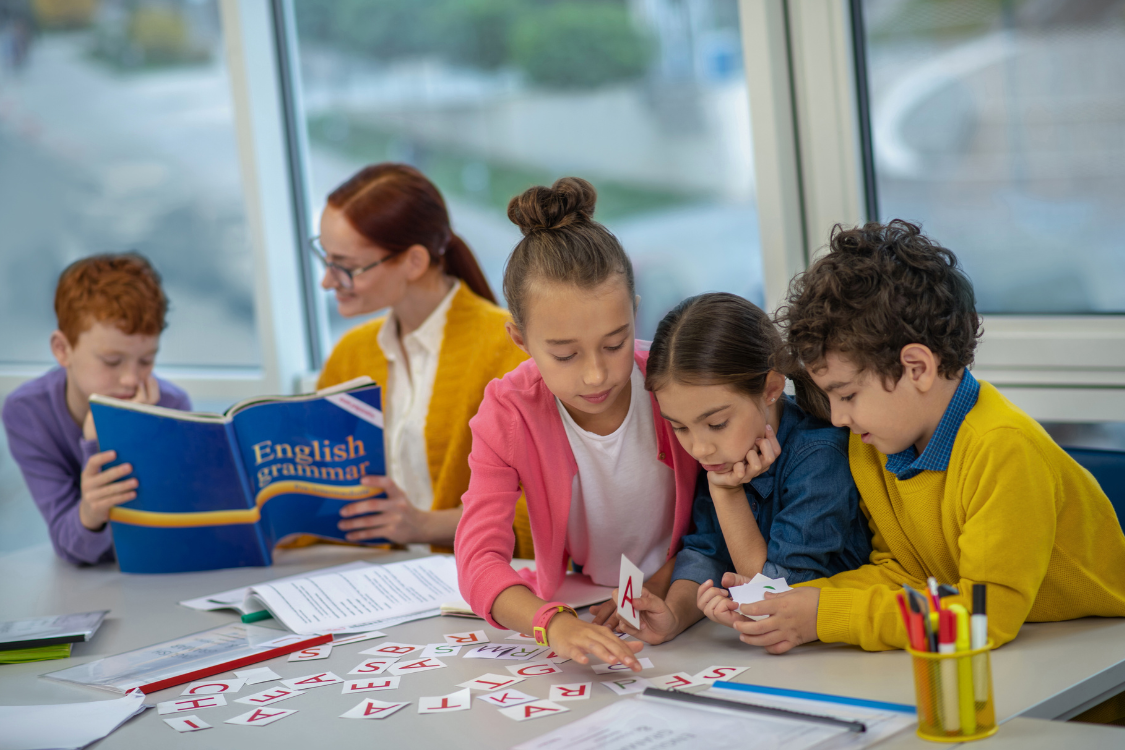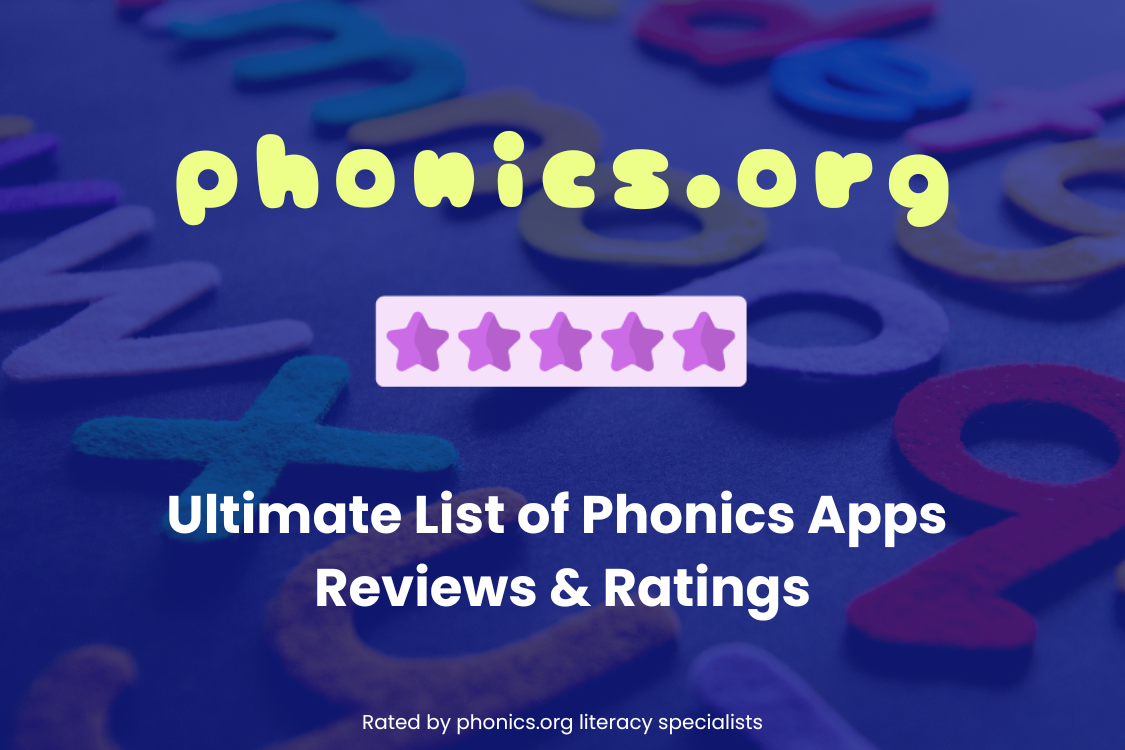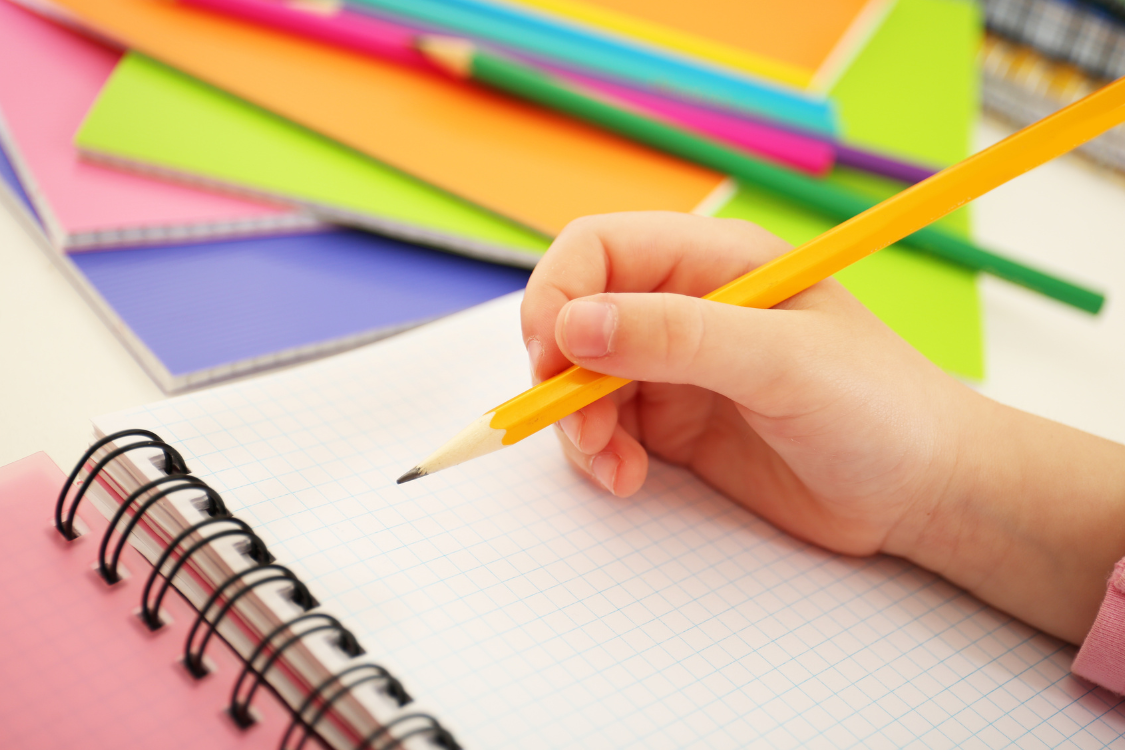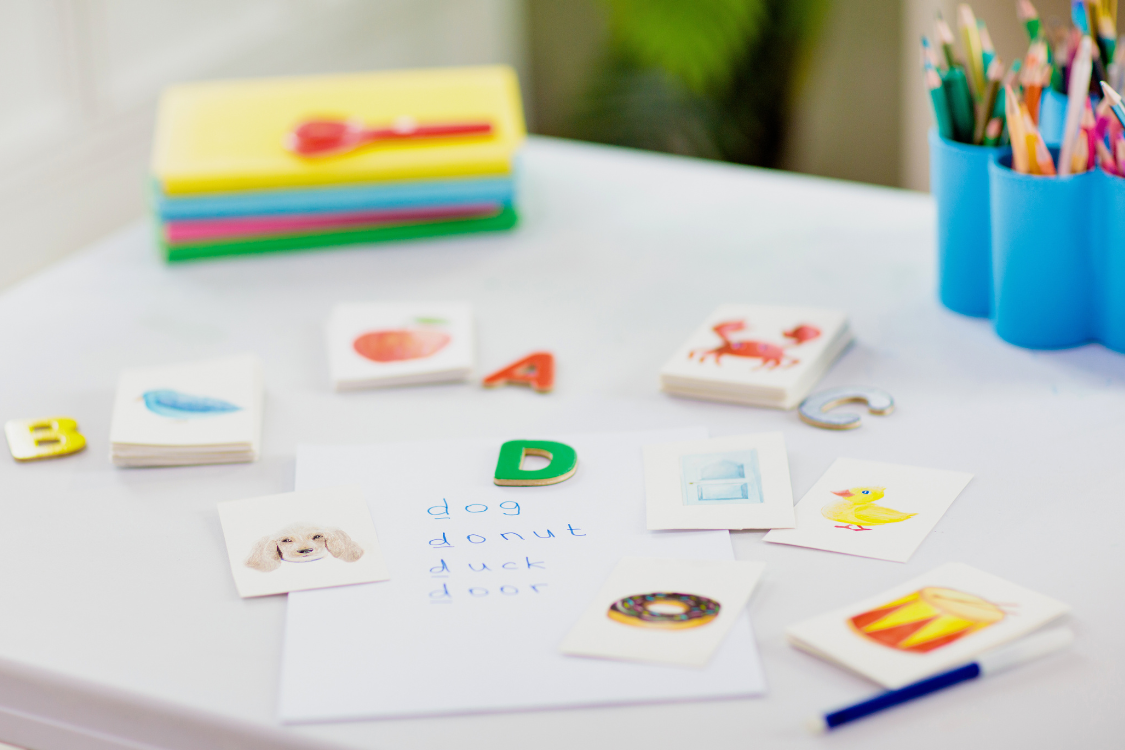Words With the Schwa Sound & How to Teach It
The schwa sound is an essential concept in phonics instruction. However, it can be challenging for both teachers and students. As the most common vowel sound in English, mastering the schwa is required to develop strong reading and spelling skills.
In this article, we’ll explore what the schwa sound is, go over a list of words containing the schwa sound, and offer a few strategies for teaching this important phonetic element to kids.
What is the Schwa Sound?
The schwa sound is an unstressed vowel sound that occurs in many English words. It’s represented by the symbol /ə/ in the International Phonetic Alphabet and is often described as sounding like a short, neutral “uh” sound. Also known as a “lazy vowel,” schwa can be represented by any vowel grapheme (a, e, i, o, u, and sometimes y), making it particularly tricky for young learners.
Depending on the word and the English dialect, the schwa sound can vary slightly. This is another reason why it can sometimes be tricky to identify. No matter what vowel it’s represented by, the schwa sounds like a relaxed /ŭ/.
Common Words With the Schwa Sound
Whether you need a refresh on the schwa sound or want to help familiarize your students with this phonics rule, it’s helpful to go over the many different examples. Here’s a list of words containing schwa sounds, organized by the vowel letter representing the schwa. Notice that in conversation and in reading, the schwa sound is unstressed.
Schwa represented by ‘a’
- about
- banana
- sofa
- zebra
Schwa represented by ‘e’
- problem
- travel
- open
- chicken
Schwa represented by ‘i’
- pencil
- family
- possible
- animal
Schwa represented by ‘o’
- lemon
- police
- second
- freedom
Schwa represented by ‘u’
- supply
- album
- focus
- suggest
Schwa represented by ‘y’
- syringe
- martyr
- analysis
- vinyl
Teaching the Schwa Sound
Like other phonics concepts, teaching the schwa sound effectively requires a systematic approach. Here are some strategies teachers and parents can use to help kids grasp this rule.
1. Introduce the Concept of Stressed and Unstressed Syllables
It’s helpful for students to understand syllable stress before learning schwa sounds. Explain that in multisyllabic words, some syllables are pronounced more strongly (stressed) than others (unstressed)—for example, the word “open.”
To teach stressed and unstressed syllables, have students clap or tap the syllables in words, emphasizing the stressed syllable with a louder clap or stronger tap.
It can also be helpful to compare words that are spelled the same but have a different stress. For example, the word “record” can be pronounced as re-CORD (I’ll record this song for you) or RE-cord (Keep a record of your notes). The stress of the word changes based on its meaning and use in sentences.
2. Demonstrate the Schwa Sound
Demonstrate how the schwa sound is produced by relaxing the mouth and making a neutral “uh” sound. Emphasize that this sound can be spelled using any vowel. To help with this, you can have students circle the unstressed letter sound in a list of words. As a team (or as a class), create a schwa sound list where you go through different words with schwa sounds and then group them by vowel.
3. Practice Identifying Schwa Sounds in Real Life
Provide students with opportunities to recognize schwa sounds in familiar words. Play “Vowel Sound Detectives” where students listen to words and raise their hand when they hear a schwa or the “lazy vowel” sound. Additionally, if a new or unfamiliar word comes up, ask a child which vowel they think is the lazy vowel and use it as a learning opportunity.
More than 90% of multisyllabic words in the English language have a schwa sound! Additionally, the more syllables that are in a word indicate that there are going to be more schwa sounds. A word like “elemental” has two schwa sounds.
4. Connect Schwa to Spelling Patterns
Help students understand that the schwa sound often occurs in unstressed syllables and can make spelling challenging sometimes. Encourage kids to exaggerate the pronunciation of unstressed syllables to help them remember their spelling.
5. Practice Reading and Writing Schwa Words
Whether in class or at home, provide opportunities for students to encounter and use words with schwa sounds in context. Create sentences or short paragraphs filled with schwa words for students to read aloud and write. Discuss the differences in vowel sounds during reading and writing exercises.
Help Kids Identify the Schwa Sound in Phonics Instruction
Research has consistently shown that explicit, systematic phonics instruction is crucial for children to develop strong literacy skills. When teaching the schwa sound, it’s recommended that educators:
- Clearly explain what the schwa sound is and how it functions in words.
- Provide plenty of examples and non-examples in sequential order, starting with the easiest and moving to more difficult examples.
- Model the correct pronunciation and identification of the schwa sound when it comes up in classroom (or at-home) reading practice.
- Offer guided practice with immediate feedback as children practice the schwa sound or ask questions about how schwa-containing words are pronounced.
- Gradually release responsibility to students for independent practice.
Note that some students may struggle to hear the difference between schwa and short vowel sounds. To help with this, exaggerate the contrast between stressed and unstressed syllables to make the schwa more apparent.
Additionally, students often spell words with schwa sounds incorrectly, especially in early elementary. Try to teach word families and morphological connections to help students remember correct spellings (e.g., “nation” vs. “national”). Compare examples of unstressed syllables that maintain their full vowel sound—for example, the first two ‘o’s in “photocopy” are full vowel sounds, whereas the third ‘o’ is a schwa sound.
Explore More Phonics Education Tips at Phonics.org!
The schwa sound is an important part of the English language and is necessary to learn during phonics skill development. By using effective strategies and activities in phonics instruction, you can help students master this tricky piece of English phonology with confidence.
For more interesting resources and tips on teaching phonics effectively, follow Phonics.org! Our expert-reviewed resources support teachers and parents in delivering high-quality, evidence-based literacy instruction to children.










